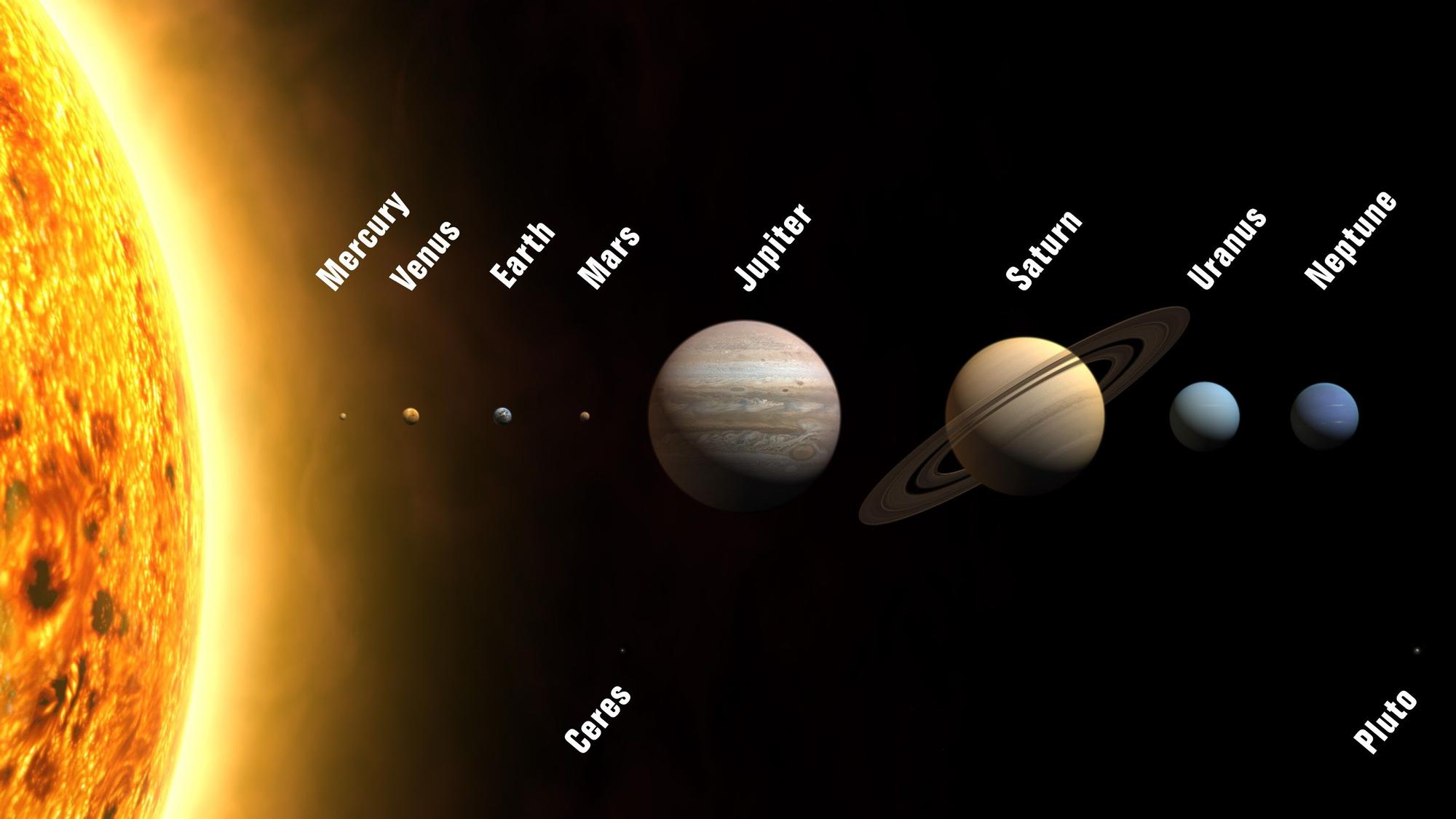The alignment of five planets is a fascinating astronomical phenomenon that occurs when these planets lie roughly on the same imaginary line in the sky.
Due to the different orbital speeds of the planets, it is rare for them to line up in a precise formation.
And the next day 29 there is a fivefold Alignment, in which the planets involved will be Uranus, Mercury, Jupiter, Neptune and Saturn. Each of these planets has a unique orbit around the Sun, and their different orbital speeds make planetary alignments rare events.
Before dawn
The five will align within a sector of 70 degrees in the sky and can be seen about an hour before sunrise. This is a rare chance to see five planets at once, but keep in mind that two of them (Neptune and Uranus) will be hard to spot.
Furthermore, it so happens that the planet Mercury will be most visible that night, coinciding with its largest western elongation. It must be taken into account that Mercury is, together with Venus, one of the most difficult planets to observe due to its proximity to the sun.
The one that is easy to distinguish is Jupiter, because it will be the brightest celestial object in the morning sky until the sun rises. However, the other planets have much less intense light.
The first to appear
Saturn is the first planet to appear: it will do so in the middle of the night from May 28 to 29 in the constellation of Aquarius. About 10 degrees below you will be able to see Neptune, in the neighboring constellation of Pisces. The planet will not be visible to the naked eye; to spot it, you’ll need at least a pair of binoculars.
The rest of the planets – Jupiter, Mercury and Uranus – will appear during the early morning and will be much closer to the horizon. Jupiter will be in the constellation of Aries and Mercury a little lower, in the same constellation. Uranus will be the last planet to appear in the sky. It will be near the horizon in the constellation Aries.
imaginary line
During a planetary alignment, the planets will not be next to each other in space. Due to the different inclinations and sizes of the orbits, the alignment can be seen as aan imaginary line traced across the sky, where the planets are in approximately the same direction.
Related news
Planetary alignments are the result of the gravitational interaction between the planets as they orbit the Sun. Although the alignment does not have a direct effect on Earth, it is an interesting and beautiful astronomical phenomenon to observe.
The next alignment will take place on June 17 and will also be in the morning and between these same planets -Mercury, Uranus, Jupiter, Neptune and Saturn-, which will align within a 95 degree sector of the sky.

